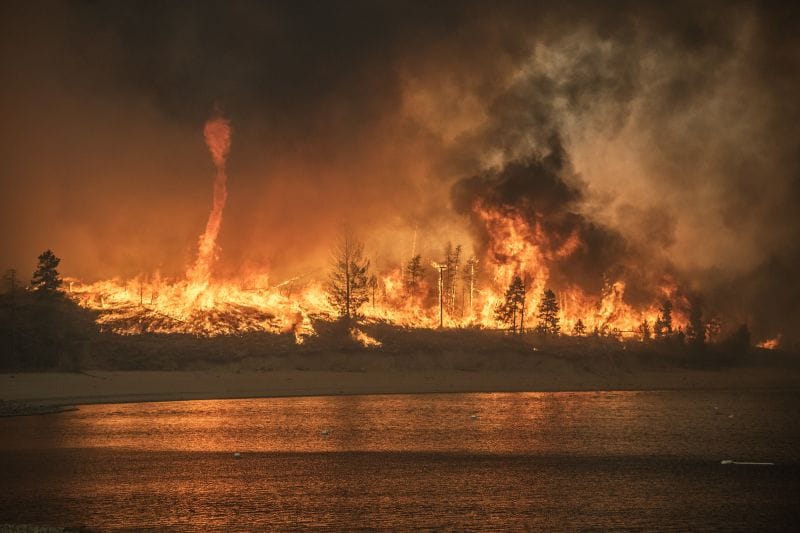Link to the full source article
RSS feed source: National Science Foundation
Most news reports about wildfires include the number of acres a given fire has burned, but according to a new study by U.S. National Science Foundation-supported researchers, they should also note how fast the fire is moving. The research found that fast-growing fires caused 88% of the fire-related home destruction between 2001 and 2020, even though they accounted for less than 3% of the fires on record.
‘Fast fires’ thrust embers into the air ahead of rapidly advancing flames and can ignite homes before emergency responders can intervene. The research team, led by Jennifer Balch, associate professor of geography at the University of Colorado Boulder (CU Boulder), used satellite imagery and a novel algorithm to analyze the daily change in the perimeter of over 60,000 fires in the contiguous U.S. over the first part of this century.
When comparing the perimeter change information with data on fire impact, Balch — who is also executive director of the NSF Environmental Data Science Innovation and Inclusion Lab located at and managed by the CU Boulder Cooperative Institute for Research in Environmental Sciences — and the team found that fires that destroyed more than 100 structures grew as fast as 32.8 square miles per day.
Not only were the fast fires found to cause outsized amounts of damage, but they also got faster over time across the Western U.S. Looking
Click this link to continue reading the article on the source website.
